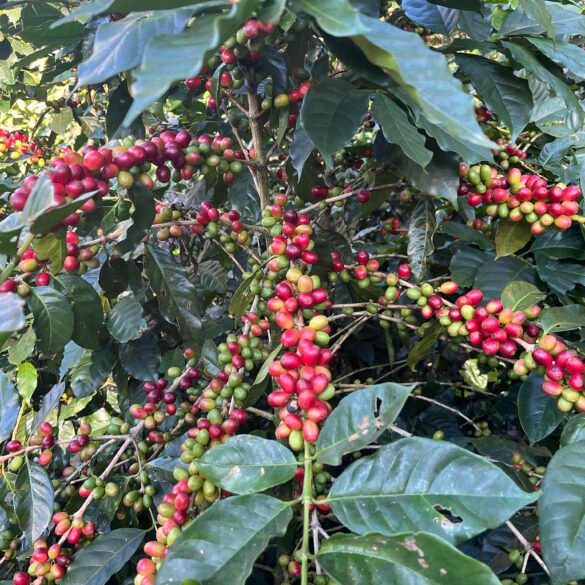If you order a cup of Nicaraguan coffee in your town, there is a good chance that the beans used in preparing your drink will be from one of the fincas around Jinotega or Matagalpa. After all, this is a premier region for renowned and much-sought shade-grown Nicaraguan coffee. We were lucky enough to spend three nights at a functioning coffee farm and learned the intricacies of its operation from the owners. However, as for the towns of Jinotega and Matagalpa themselves, we did not find either particularly appealing. They were hectic, drab, and without many attractions. Unsurprisingly, in Matagalpa, our favorite place happened to be a coffee shop where we found refuge from the chaotic streets. We dropped by Seleccion Nicaraguense a couple of times to taste local brews and buy a few bags of coffee processed both with the traditional washed and more experimental methods that I described in the last post.
On the second day in the region, we headed to Selva Negra, a historic coffee estate sandwiched between Jinotega and Matagalpa. The main reason for our trip to Selva Negra was to hike its trails, known for lush vegetation and the abundance of birds, monkeys, and butterflies. But before we hit the trails and got lost (both literally and figuratively) in the hills, we wanted to see the place that serves as a reminder of how coffee production was kickstarted in Nicaragua.
In the second half of the 19th century, the Nicaraguan government invited German families to settle in the country, awarding them manzanas (plots) of land if they committed to start planting coffee trees. This practice was similarly implemented in El Salvador and other neighboring countries (we even spent a night in a town called Berlin when visiting El Salvador three years prior). The coffee finca at Selva Negra was founded by a family who named the place after Germany’s Black Forest (“Selva Negra” is “Black Jungle” in Spanish). The coffee industry in Nicaragua flourished, and the German families running coffee estates were doing quite well. But then World War II broke out, and with the Nicaraguan government declaring war on Germany, the German owners immediately became a target. Most of their farms were confiscated, and many families fled the country. Luckily for the Selva Negra owners, the finca has managed to stay in the hands of the same family and is now owned by a fifth generation of the original owners.

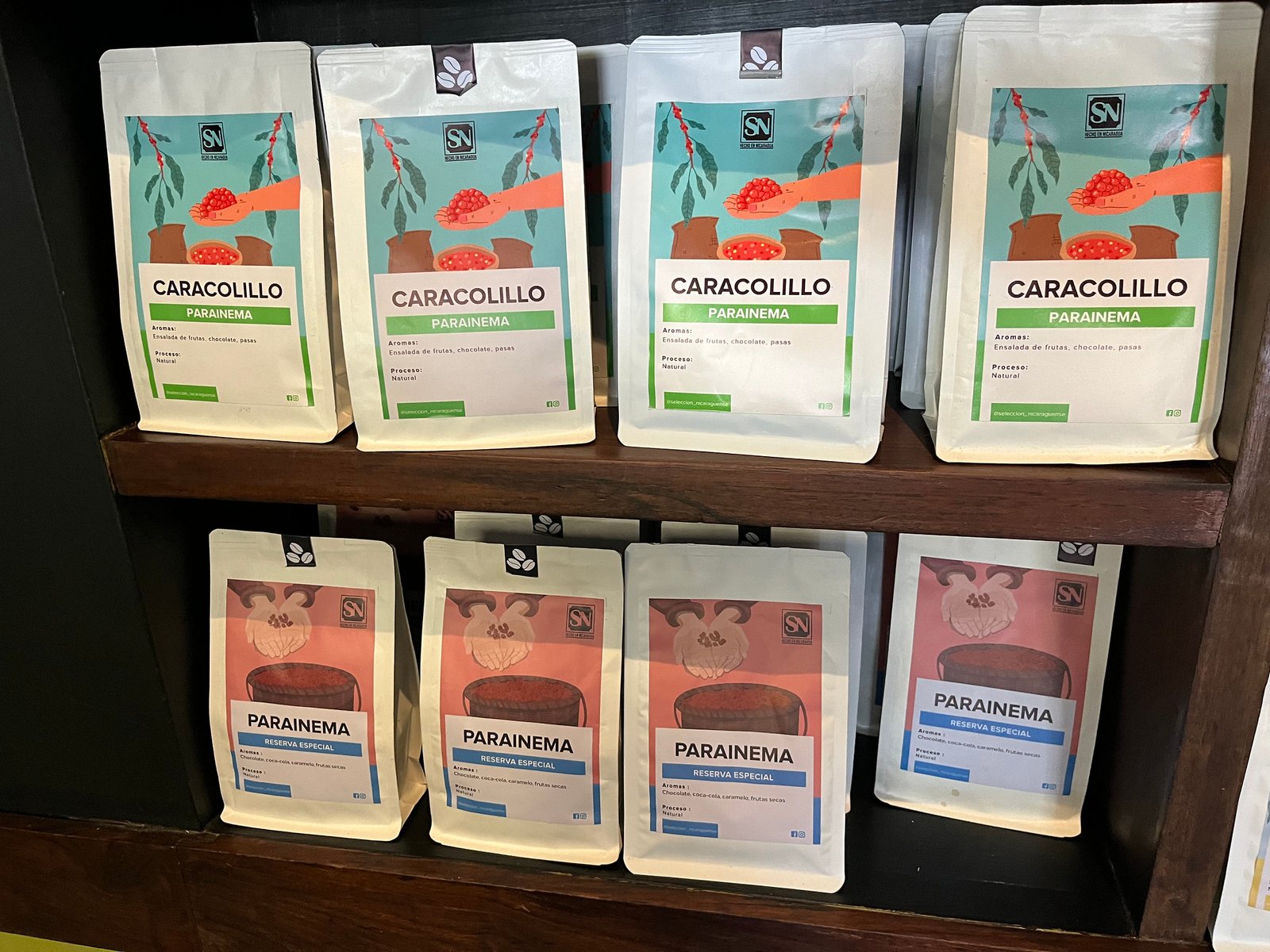
Nowadays, Selva Negra is a popular resort among Nicaraguans to spend a weekend or have a special occasion like a birthday celebration or a wedding reception. Although hotel rooms are pricey by Nicaraguan standards, you can simply buy a day pass at the entrance, just like we did (300 cordobas or about US$8 per person). The premises still retain the feel of a German homestead with Bavarian-style cottages and a chapel built around a lovely lake. We roamed the hotel halls piecing together information about the history of the farm displayed on the walls and examining old coffee processing equipment. And then we took off for the trails, spending hours hiking in the woods filled with exotic plants, shrubs, and of course… coffee trees.
After three days in the coffee-growing region, it was time for us to move on to the next destination. Interestingly, it was only when we started to leave Matagalpa that we realized the gargantuan scale of this region’s coffee output. Driving out of the city limits on our way to Leon, we saw numerous coffee processing facilities (beneficios) located on both sides of the road. They varied in size, but each had unending tarps filled with coffee beans drying under the searing sun, with workers turning them nonstop with wooden rakes. Witnessing the sea of golden-color drying coffee beans stretching to the horizon was truly a sight to behold.
Our time in Nicaragua flew by, and by the time we went home, our backpacks were stuffed with nine bags of coffee. In addition to the bag we purchased in San Rafael del Norte and two bags from a gift shop in Selva Negra, we also bought four at Seleccion Nicaraguense. But the most treasured were two packets of ground coffee we got from Edgar, the owner of the coffee finca where we stayed. After drinking the French press made from El Soccorro beans for three straight days, we could not wait to bring this coffee back home and continue to indulge ourselves. But little did we know that there was trouble brewing as we headed to the airport to fly back home.
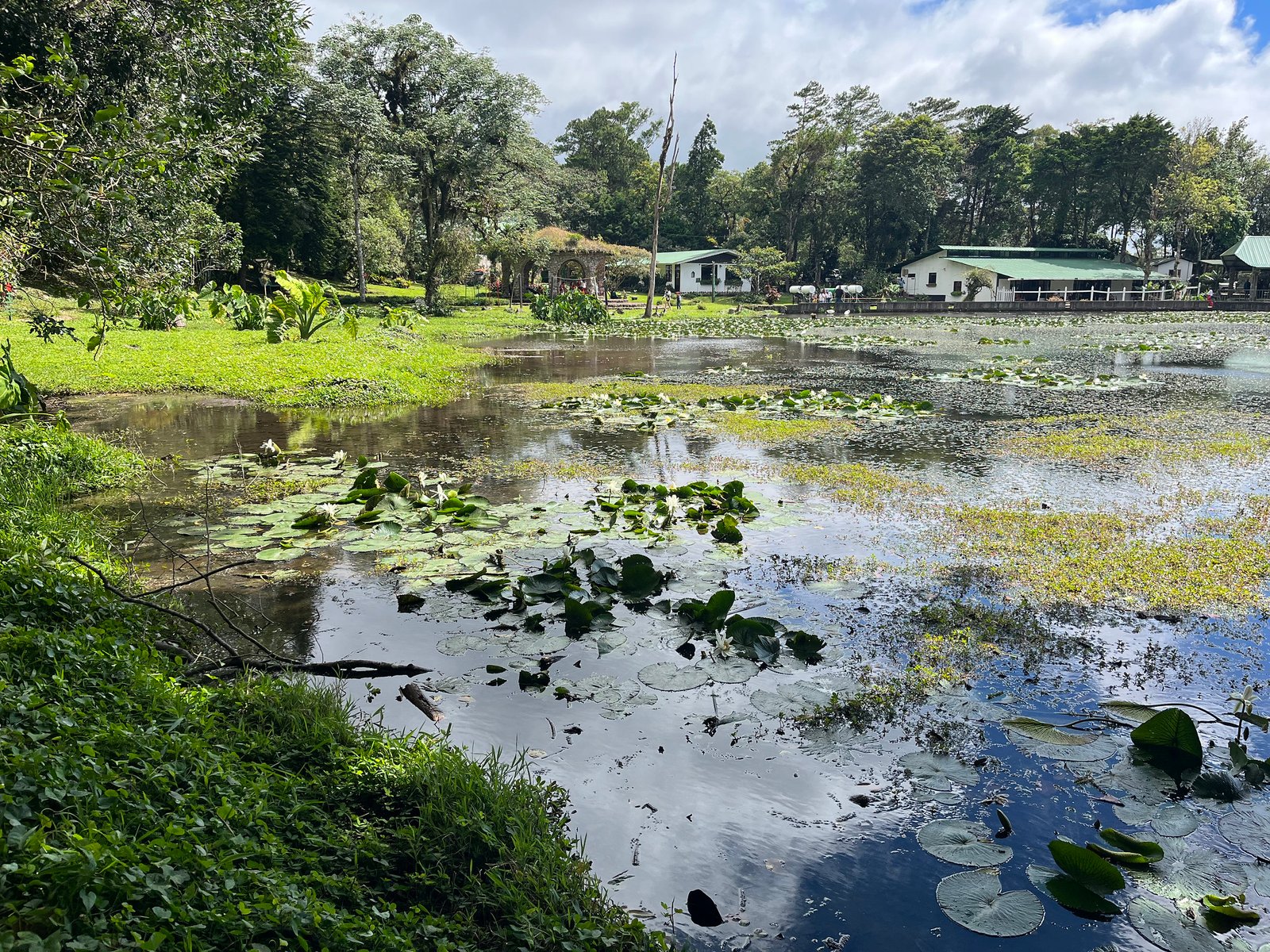
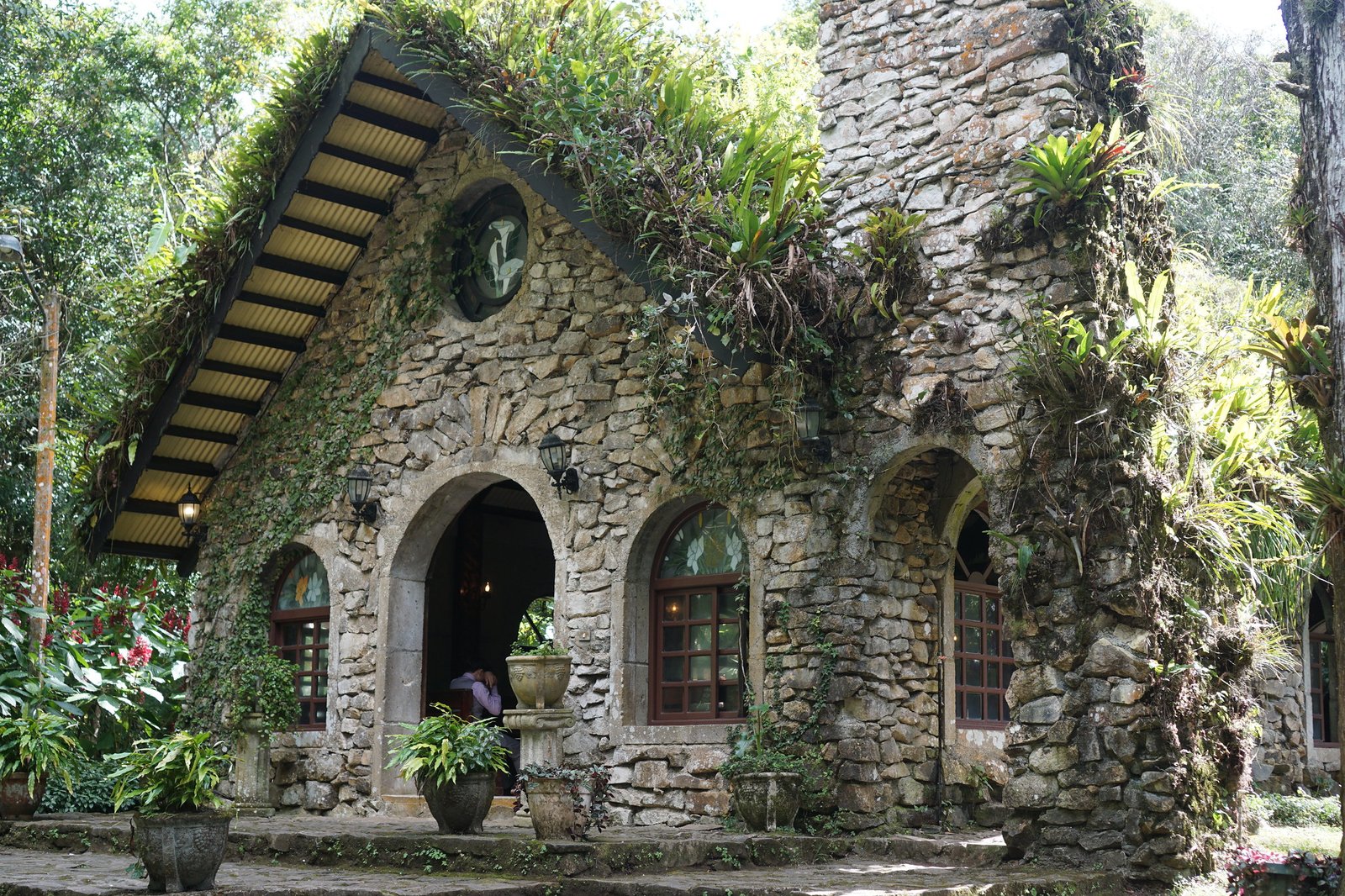
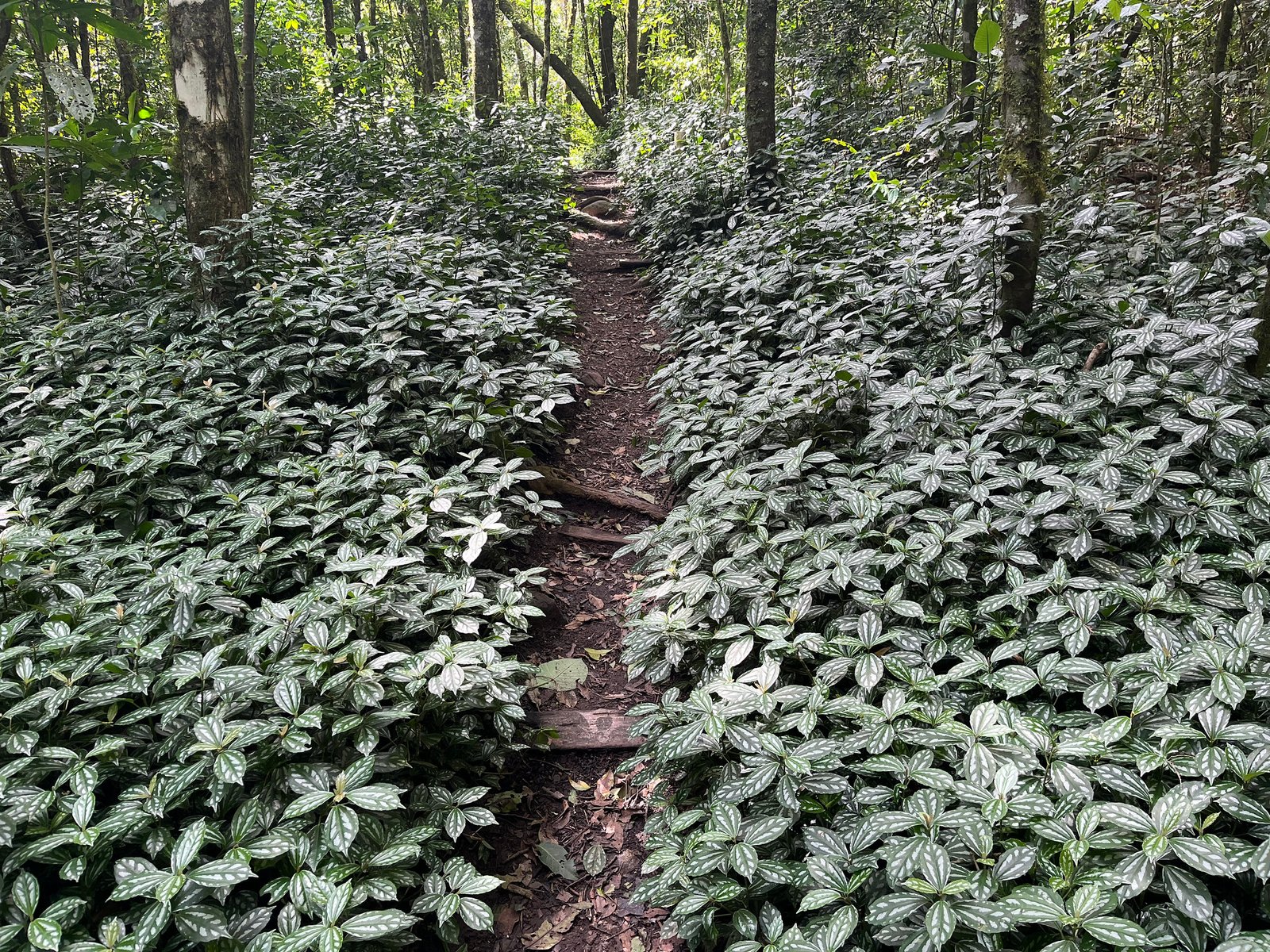
After I put my oversized backpack on the conveyor belt at the security check area, it was pulled for further screening. I was not initially concerned as I thought I forgot to take my toiletries bag out. The airport security agent asked me to open the backpack, and once I unzipped the main compartment, the strong coffee aroma filled the air. The agent assembled all coffee bags in one place and quizzically inspected each. The two pouches of El Soccorro coffee looked suspicious. Because we purchased them directly from the farmer, they were unmarked, with absolutely no labels, only brown powder resembling… ground coffee… or gunpowder… or something else that could be used to make a bomb.
“You can take only one bag of ground coffee on the aircraft, and you have four!” The security agent announced his verdict.
“What?” My voice inflected incredulously.
“Airline rules, not mine. Whole beans, you can take as many as you want, but only one bag for ground coffee. You are three bags over the limit.”
I quickly glanced at Julia, but she gestured that she already had one bag of ground coffee in her backpack.
I looked back at the security agent, and he was holding hostage three bags of ground coffee, refusing to give them back to me. In that moment, I felt very much like those German families in the 1940s, whose coffee was unfairly confiscated by the Nicaraguan state.
“You can go back to the airline counter and check the backpack with all of your coffee.” The security agent suddenly offered a potential solution to my conundrum.
We had to decide on the spot. We figured that United would charge us $60 to check the backpack, so it made no sense to go through the trouble. Reluctantly, I told the agent he could keep the coffee. The moment I said that, I sensed his instant, albeit subtle, disappointment. He was sure that I would check the backpack, and my decision to give up on these bags of coffee so easily was almost an insult to his Nicaraguan pride.
As I started to take my backpack off the conveyor belt, the agent quietly nudged one of the confiscated ground coffee packets towards me, motioning that I could take it, clearly disregarding the airline rules.
“Gracias! Do not throw away the other two. It is great coffee from a finca near Matagalpa. You can drink it!” I uttered while leaving the security check area.
The agent smiled and waved us goodbye.
